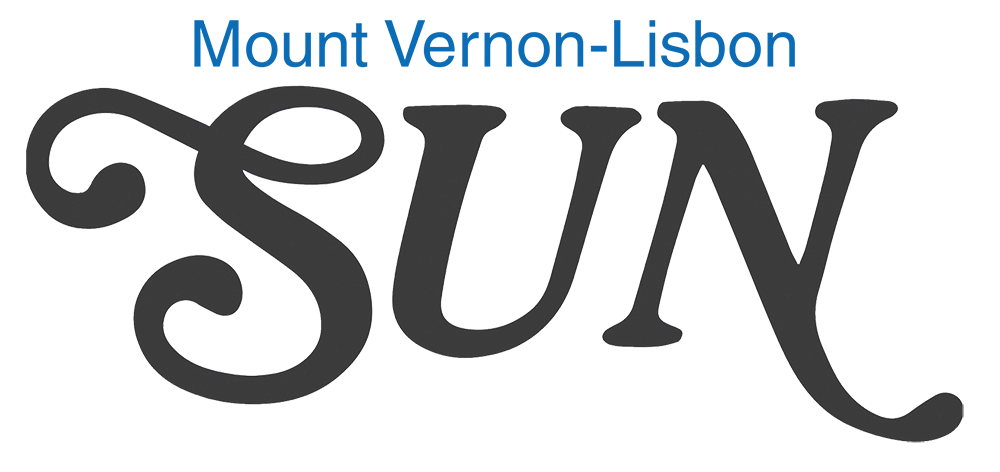The East Central Iowa Council of Governments presented a housing report for Linn County —which included Lisbon —at the Lisbon City Council meeting Monday, July 22.
Tracey Achenbach, housing director with ECICOG, explained the organization received American Rescue Plan Act funding from Linn County to conduct the housing study. ECICOG completed housing studies of all communities, excluding Cedar Rapids, Hiawatha and Marion. Those towns were excluded because they had conducted their own housing studies in recent years.
In the report on Lisbon, ECICOG identified Lisbon’s population growth has slowed since 2010. The rate now sits at roughly 3.8 percent.
The elderly population in the community has also increased, with a 49 percent rise in the population over age 65 since 2010.
Lisbon’s housing market is fairly balanced, with 33 percent of homes priced below $170,000, 27 percent between $170,000 and $225,000 and 40 percent priced above $225,000. According to the National Association of Realtors, 66 percent of listings should be available to buyers earning $75,000 in a balanced market. In Lisbon, 60 percent of homes were within this range.
Fifty-two percent of the homes built in Lisbon were constructed prior to 1979, and 36 percent of those homes need major repairs. The probability of encountering lead-based paints in those homes is 40 percent for homeowners and 50 percent for renters.
Lisbon’s affordability gauge is 2.34, highlighting that many of Lisbon’s homes and housing are affordable for residents.
“That 2.5 is the sweet spot for growth in communities, highlighting communities where it’s affordable for community development,” said Deanna Robinson, planner and housing specialist with ECICOG. “People are looking for active communities, where they have room to be engaged and items in walking or biking distance.”
There is still a small population of residents who are paying more than 30 percent of their income towards their mortgage or rental costs. That income disparity is larger among those making less than $23,706 a year, with 40 households paying more than 30 percent of their monthly income to mortgage and 60 paying more than 35 percent of their income on rent.
One of the strengths for Lisbon is so much of the population works at Cornell and the area school districts.
“That offers Lisbon the opportunity to partner with the school district to do what they can to help new teachers moving to the community to find housing,” Robinson said.
Lisbon’s housing market is unbalanced, with a shortage of 43 affordable homes and rental options. More homes could also be constructed that would be priced at the $200,000 to $399,999 threshold.
ECICOG offers a number of programs that could help LMI individuals make necessary improvements to their homes, and Lisbon has participated in that program in the past.
Lisbon mayor Doug O’Connor asked if there is a way to encourage more people to apply for those grants.
Achenbach said getting people to sign up has been an issue for ECICOG as well.
“It’s hard to get homeowners to participate in the program, even though there is money available,” Achenbach said.
The group tries to bring information about the programs to where people would see it.
ECICOG also maintains a fund to help those on the poverty line of low to moderate income guidelines to make emergency repairs to items like heating, ventilation and air conditioning systems or damaged roofs.
Mount Vernon
Mount Vernon’s report indicates housing growth in the community has been almost stagnant, with only a 0.5 percent growth in population from 2010 to 2020. In 2000 to 2010, Mount Vernon had a 28 percent growth trend. Mount Vernon has also seen a 29 percent increase in the population over age 65 since 2010.
Mount Vernon’s value to income has also climbed from 2.59 in 2015 to 3.21 in 2020. Ratios above 3 percent indicate homes are relatively expensive compared to the median income.
The housing study indicates Mount Vernon has a problem with catering to individuals making below the $25,000 income range. The study also indicated there is a problem with having homes in the $200,000 to $249,999 valued range, as well as in the $400,000 or more valued range.
Six percent of homes sold in Mount Vernon were priced below $170,000 and affordable to households with income below $50,000. Thirty percent were priced between $170,000 and $255,000 and 60% were priced above $255,000.
According to the National Association of Realtors, 66 percent of listings should be available to buyers earning $75,000 in a balanced market. In Mount Vernon, 39 percent of homes were within this range.
An estimated 22 percent of homeowners and 40 percent of renters in Mount Vernon are cost-burdened, paying 30 percent or more of their income to mortgage or rent.
Forty percent of the homes in Mount Vernon require major repairs, as indicated in the housing condition survey.
The findings of the study indicate more homes at the low to moderate income levels and at the $170,000 to $250,000 value are needed.
